Scientists Fear the Great Salt Lake in Utah Will Dry Up if Water Levels Don’t Increase Soon
Scientists are sounding the alarm, warning that the once vast shores of the Great Salt Lake could soon be a thing of the past if water levels aren’t replenished urgently.
A prolonged drought in the region has reduced the lake to around half the size recorded in the 1980s, and experts say it will continue to shrink unless efforts to combat climate change, drought and water diversions are met head-on.
The Great Salt Lake
The remains of the largest saline lake in the Western Hemisphere, the Great Salt Lake, lie around 20 miles west of Salt Lake City in Utah.

Source: Getty Images
According to best estimates, the lake is currently around fifty miles long and thirty miles wide and is a popular tourist destination for those who wish to escape the desert city.
Scientists Track the Decline of the Lake
Carly Biedul, a wildlife biologist at nearby Westminster University, said, “It’s quite an adventure to get out here,” during an interview with NPR.
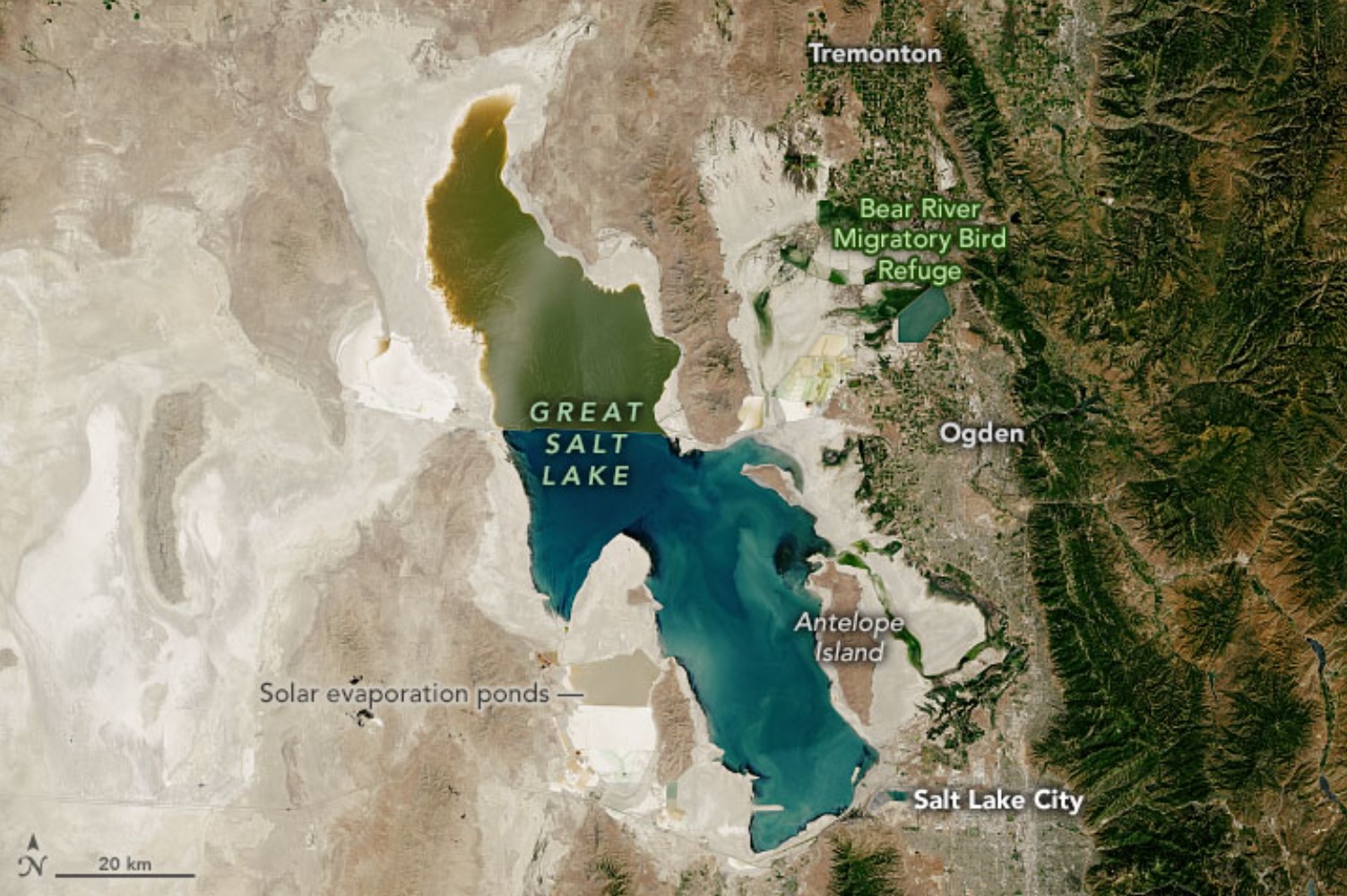
Source: Earth Observatory/NASA
She, along with a team of scientists and wildlife researchers, has been frequently visiting the lake to measure its decline amidst an extended period of drought partially brought on by climate change.
Heavy Snow in 2023 Helped the Struggling Lake
While a heavy snowfall in the region in 2023 replenished the lake, it wasn’t enough. Now, scientists have warned that the Great Salt Lake is around half the size of its historical average.
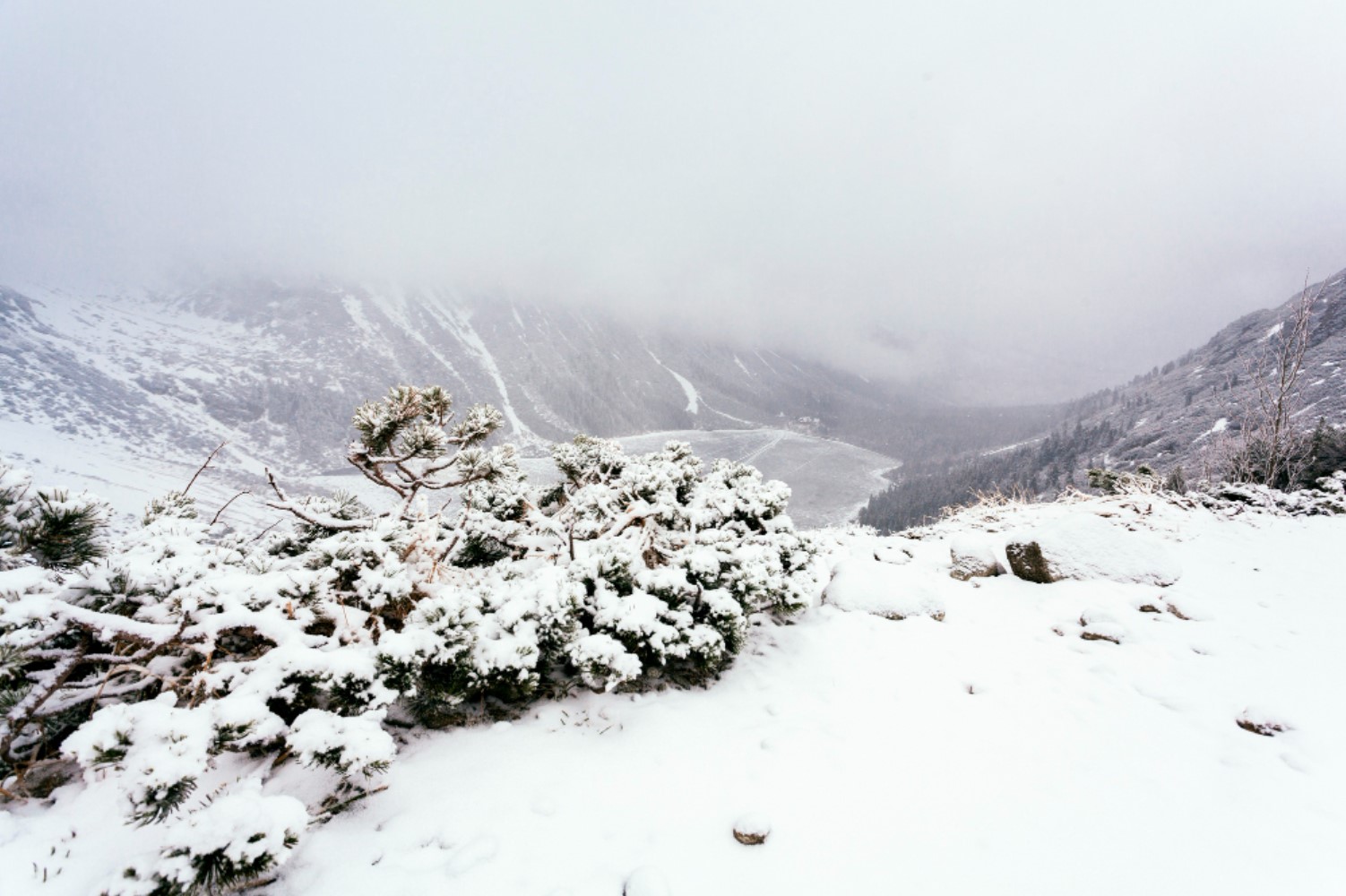
Source: Freepik
“It’s because of so many years of drought and climate change and water diversions, and we can’t keep going like that,” says Bonnie Baxter, director of the Great Salt Lake Institute.
Still Time to Reverse the Decline, Says Director
Baxter doesn’t believe all hope is lost and claims there is still time to reverse the decline, partly because the past few years have given officials some time to implement a plan.

Source: Wikimedia
However, researchers have already noticed a decline in the region’s ecosystem and a drop in shorebird populations, including snowy plovers and burrowing owls.
Fewer Places for the Birds to Go
As the lake continues to shrink and dry out in places, brine shrimp, a prime food source for birds, are dying out.
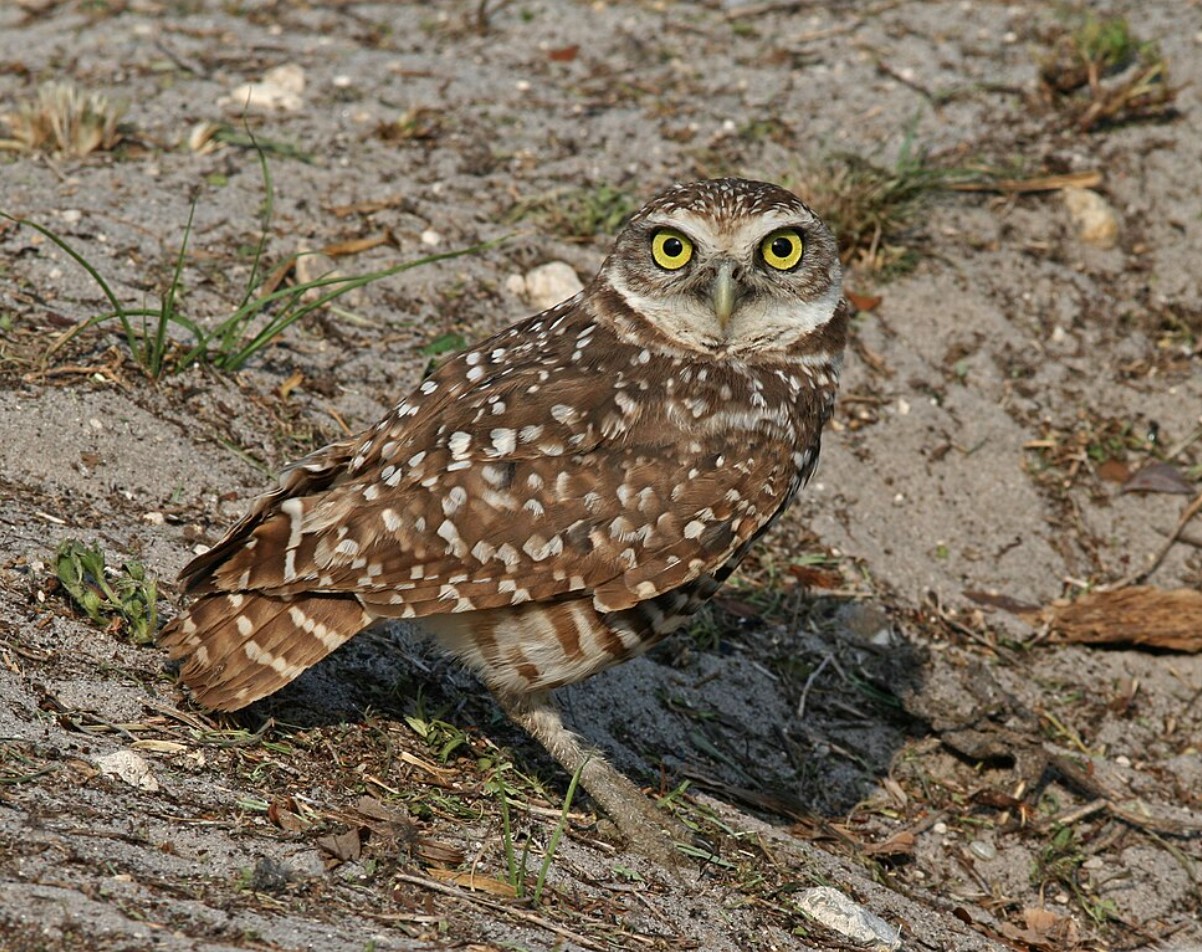
Source: Freepik
“For these birds that queue into these saline habitats, there are fewer places for them to go,” says Heidi Hoven, a wetlands ecologist who helps manage the Gillmor. “All the saline lakes here in the West, and many in the world, are experiencing this loss of water and, in essence, that relates to a loss in habitat.”
Reasons for Megadrought in the West
Numerous experts have called the recent absence of rainfall in the western U.S. a megadrought and suggest several reasons behind it.
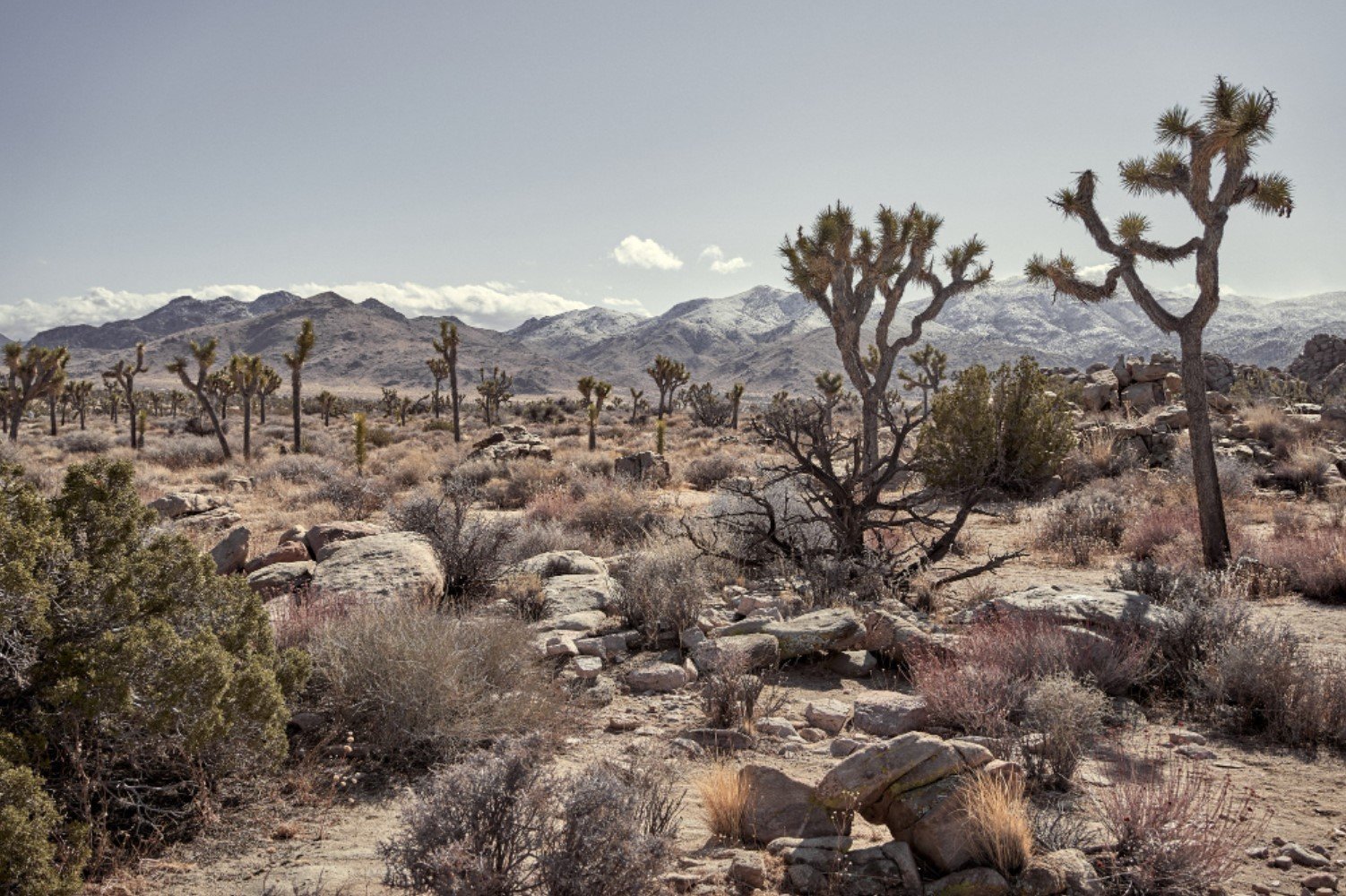
Source: Freepik
While many want to blame climate change, others argue that agriculture in the region has diverted too much water away from the lake to support large-scale alfalfa farms.
Ecologist Blames Bean Farms for Lack of Water
According to Hoven, the bean farms should bear the majority of the blame, as they are using up a large amount of water that would otherwise flow to the lake.
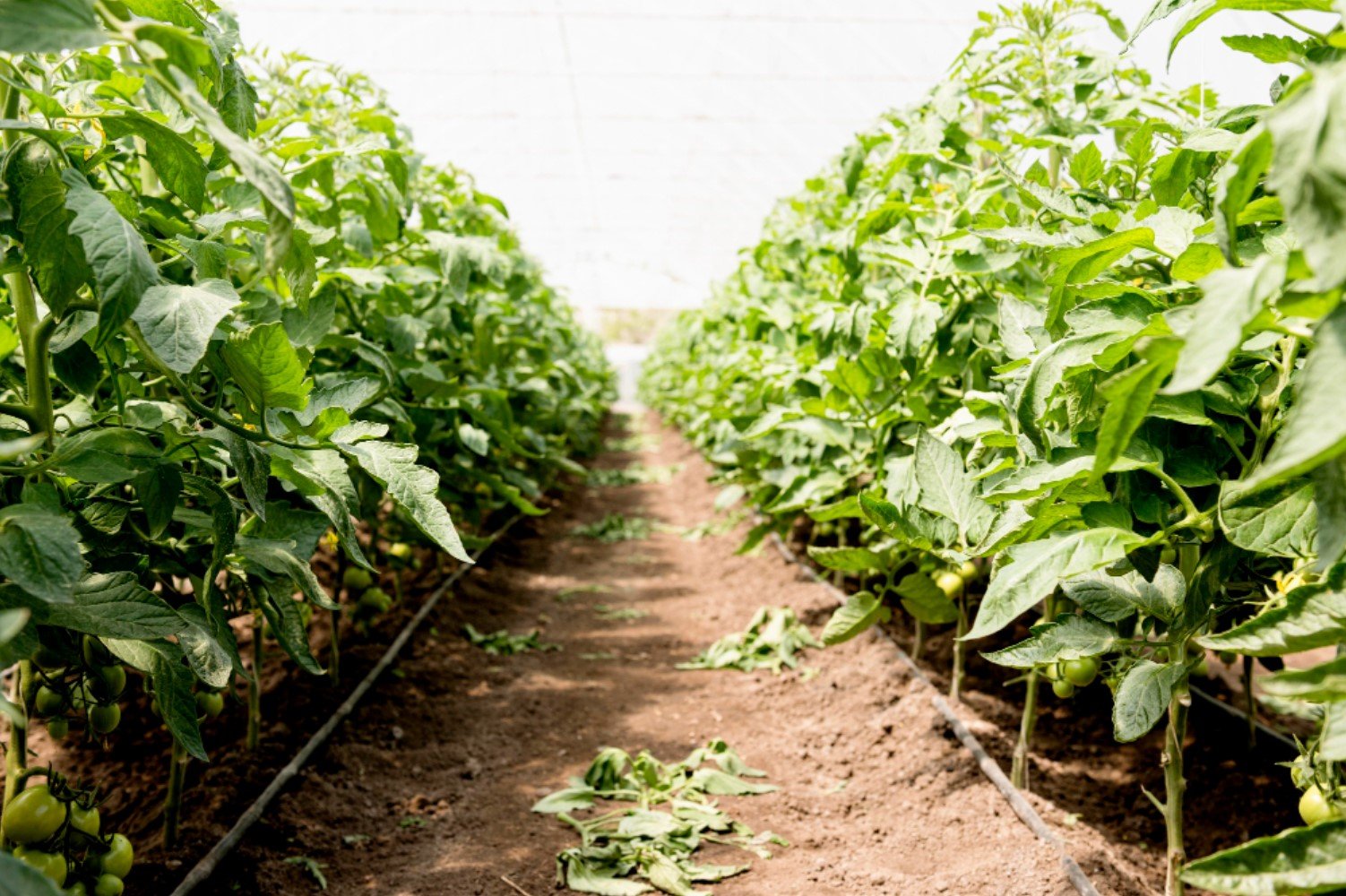
Source: Freepik
“You can actually see it over your shoulder,” she gestures. “It’s this advancement of large distribution warehouses that are within a mile from the sanctuary now where it used to be open land.”
A Crazy Situation Says Ecologist
Hoven went on to explain the lack of water is astonishing at the Great Salt Lake.
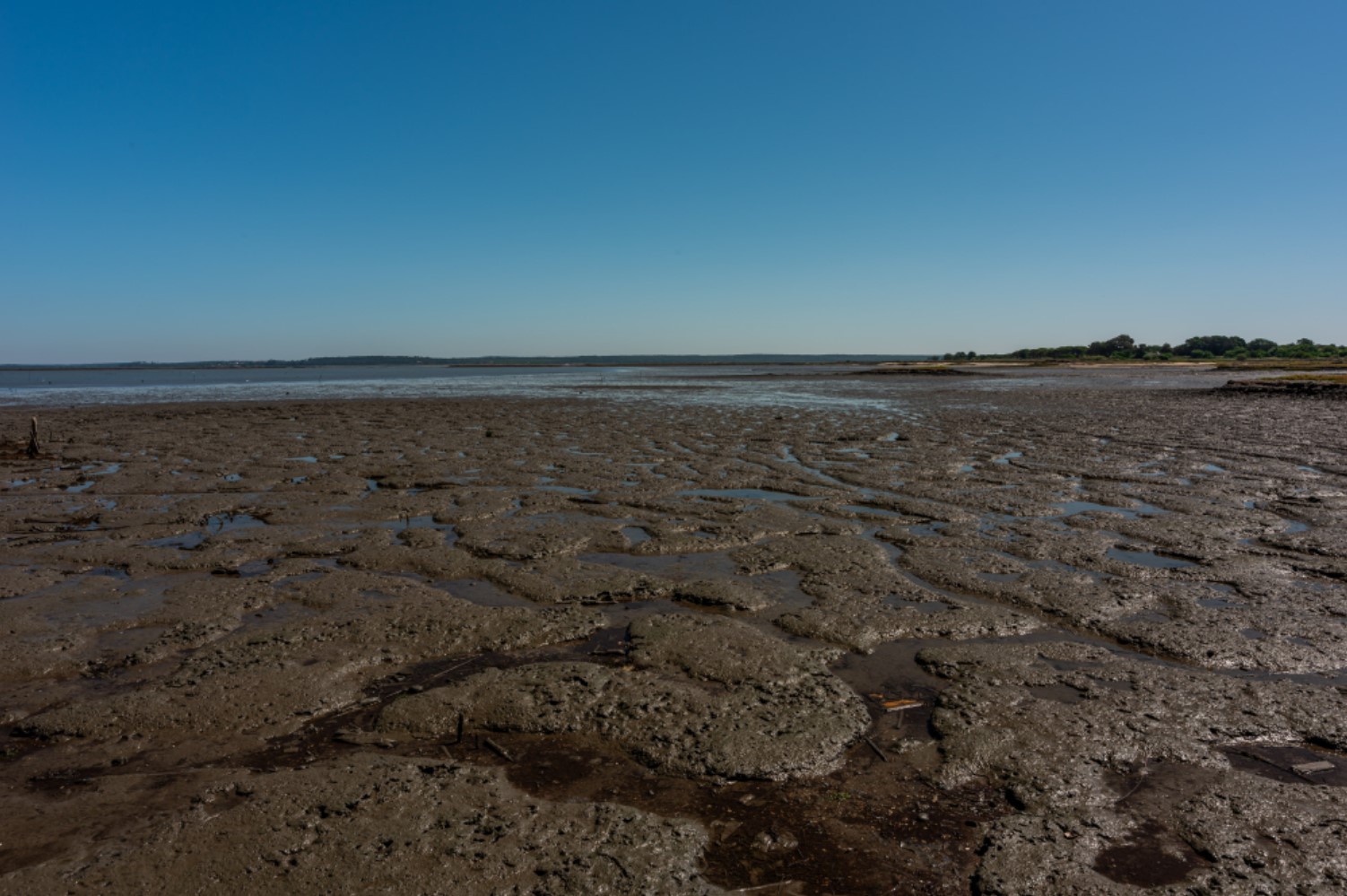
Source: Freepik
“Otherworldly is a great word,” she says. “It’s crazy. We’re at Great Salt Lake right now, but there’s no water. The other places where I go and sample, there’s water there, at least. But here we’re still at the lake and it’s dry,” she said.
The Great Salt Lake Is Drying Out
“It’s just so shocking, and you know, it’s a shock to me every time I see it,” said Hoven, referencing the reduced size of the lake compared to how it once was.
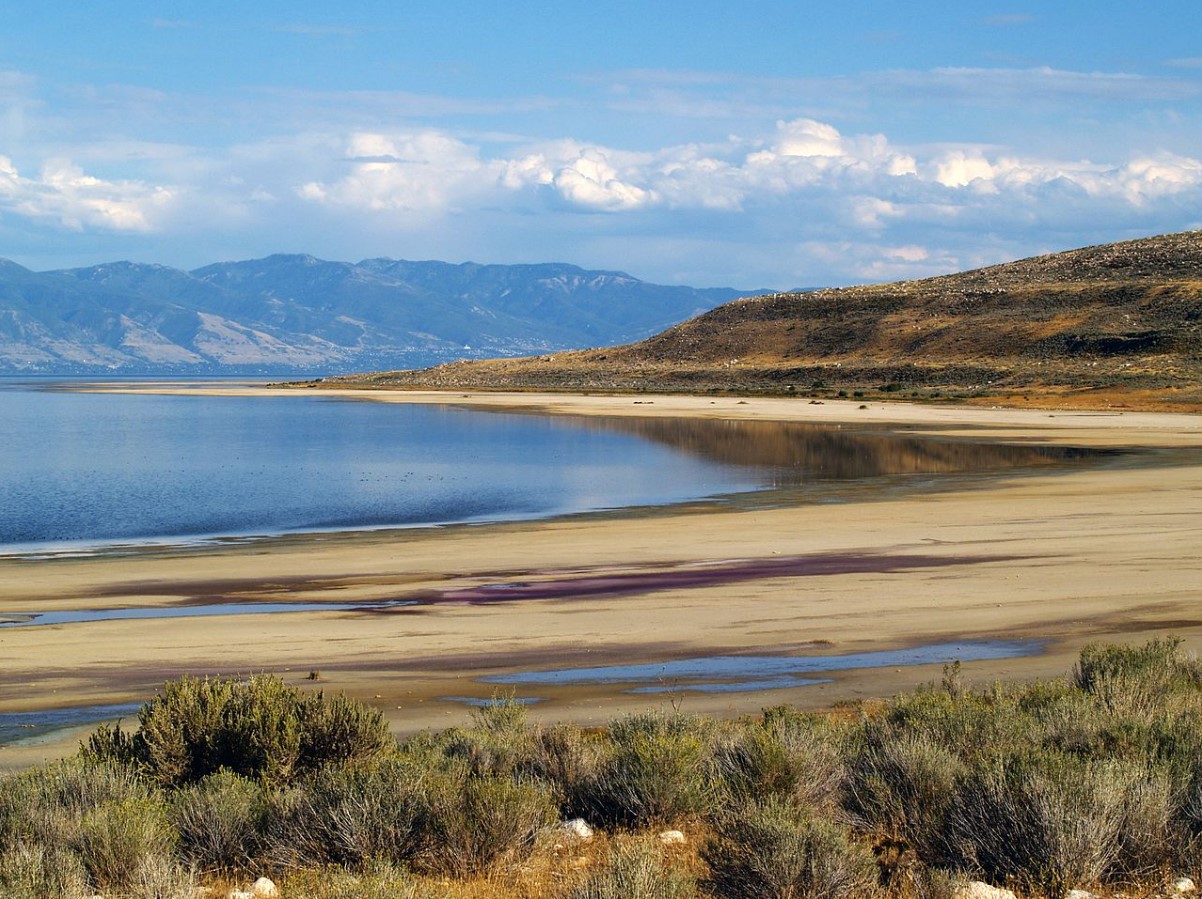
Source: Wikimedia
“But to see someone view it for the first time. You can really see them taking it in. You never thought you could see this dryness.”
Governor Pledges Lake Will Not Dry Up
Recent media attention has launched Utah Governor Spencer Cox into action. He has claimed the lake will not dry up while he is in office.

Source: Wikimedia
“For generations, the lake was seen as kind of this dead thing that just happens to be there and will always be there,” Cox told NPR recently. “And now that people are realizing there’s a potential that it might not always be here, that’s gotten people’s attention in a positive way.”
Everything Depends on the Lake's Survival
According to the experts, if the Great Salt Lake were to dry up, it could have disastrous consequences not only for the ecosystem but also for the residents of the region.
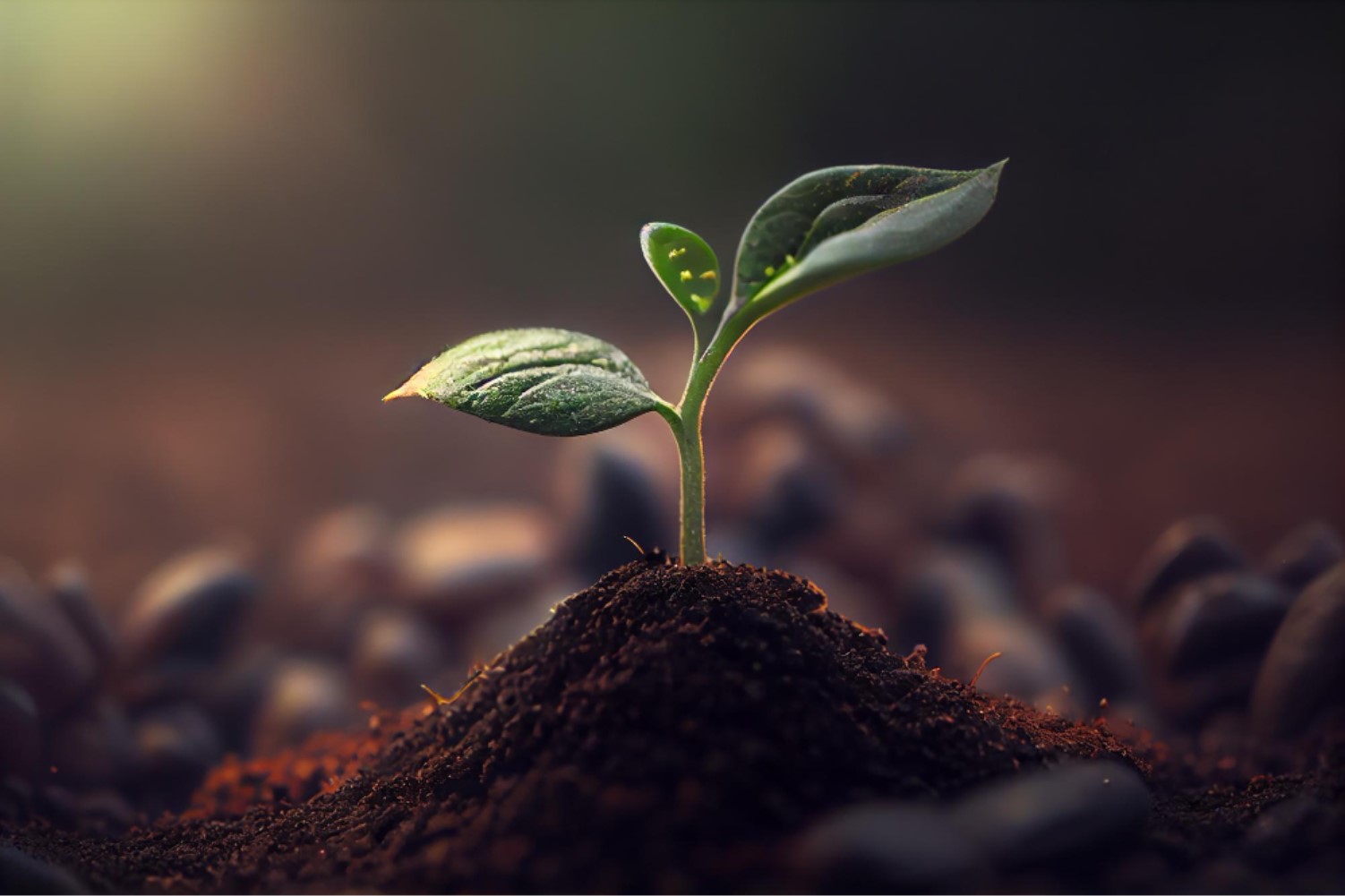
Source: Freepik
Everything from mining to air quality and even the lucrative ski industry depends on the lake. Now that public awareness is focused on the task at hand, wildlife officials are hopeful they can raise the funds needed to conduct further research, which could result in a strategic plan to save the lake.
